After over two years of transmissions in India, COVID-19 seems to be playing hide-and-seek in the South Asian country, if the trend of new cases recorded per day in recent weeks is any indication.
Notably, India has been one of the worst COVID-19 sufferers across the globe, as more than 525,000 people have died and over 43.5 million cases have been registered by far.
The past few weeks have witnessed an intermittent rise and fall in the number of active cases and new cases per day.
In the last week of May, the total number of active cases across the country had gone down to below-15,000 mark, while it crossed the 100,000-mark on the last day of June. As on Tuesday, active caseload stood at 114,475.
In mid-April, the aggregate of active cases stood at around 10,000. During 78 days preceding April 13, the number of active cases had witnessed a consistent decline.
The number of active cases has been on the rise over the past weeks, especially from the beginning of June.
A similar trend has been witnessed in the number of new cases registered per day in the country. In the first week of April, the number of new cases had gone down to below-1,000 level, and it remained in the range of 2,500 and 3,500 during most of May.
However, the past couple of days have seen the number of new cases recorded per day almost touching the 19,000-mark, with an average of around 17,000 during the past one week.
Daily positivity rate has also been moving up and down, having remained between 1 and 4 percent during the past few weeks.
Though concerns have been raised by health authorities about the sudden surge in active cases and new cases per day, no new restrictions have been announced in recent weeks.
At public places and in market areas, only 50 percent of the people could be seen wearing face masks, and the habit of carrying personal hand sanitizers seems to be missing completely. Social distancing norms too have gone for a toss.
One of the main reasons often cited behind the drastic reduction in the number of new cases and active cases is the successful vaccination drive that has been going on in the country for the past one-and-a-half years.
The Indian government began the ambitious vaccination drive against COVID-19 from Jan. 16 last year. So far, more than 1.98 billion doses have been administered, with nearly 92 percent of adults taking both doses, and almost 97 percent of adults taking at least one dose.
Sanjeev Dimri, a microbiologist at the Saraswathi Institute of Medical Sciences (SIMS), told Xinhua that the virus had become endemic now.
"There will be a surge off and on as the virus is mutating under the pressure of vaccination, and also under pressure of the antivirals administered to the affected people," he said.
He also acknowledged the fact that complacency among the people and their lack of will to follow COVID Appropriate Behaviour (CAB) while being at public places have also led to the surge in cases in recent weeks.
So far, India has witnessed three major waves of transmissions. Compared to 2020, the year 2021 was more frightening. Beginning the last week of April 2021 and subsequently the first two weeks of May 2021 were catastrophic for India, when the country witnessed more than 400,000 new cases per day and more than 4,000 deaths in every 24 hours.
During what was called the second COVID-19 wave, the countrymen struggled to get enough supplies of oxygen, and hospitals ran short of ICU beds and medicines.








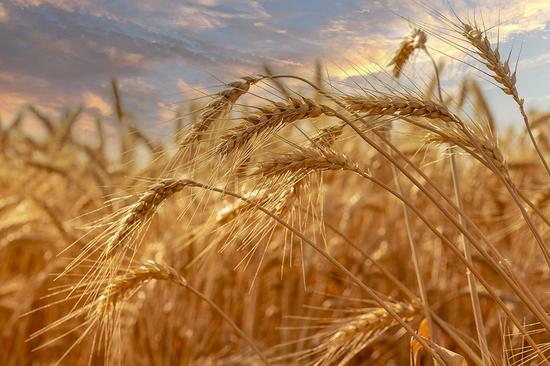


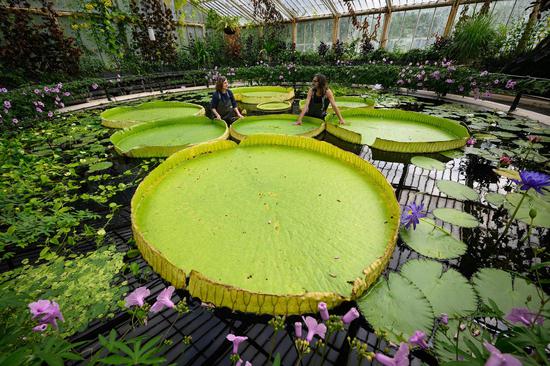

















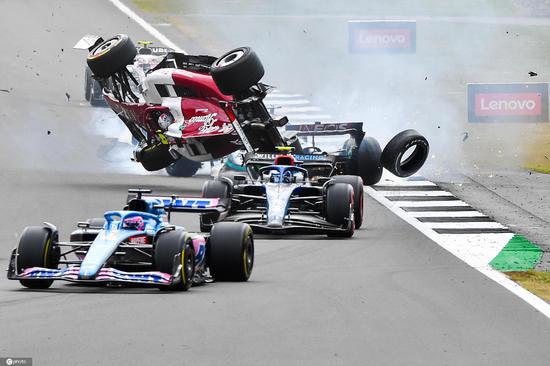
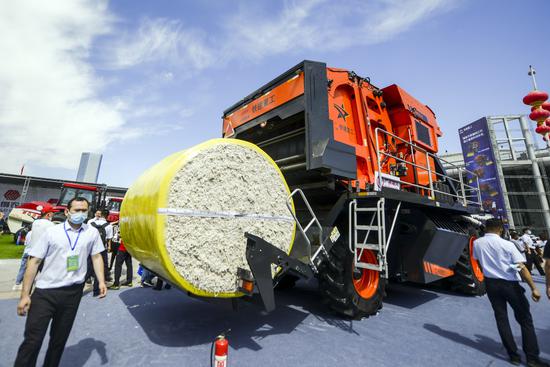




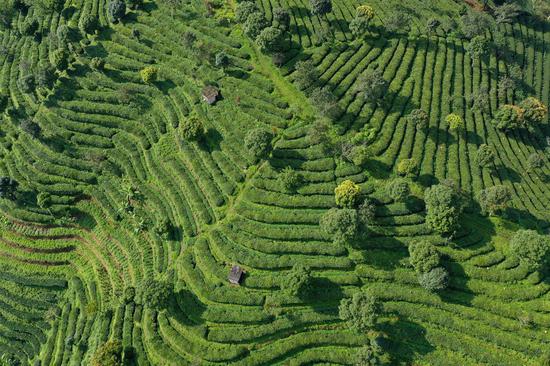














 京公网安备 11010202009201号
京公网安备 11010202009201号